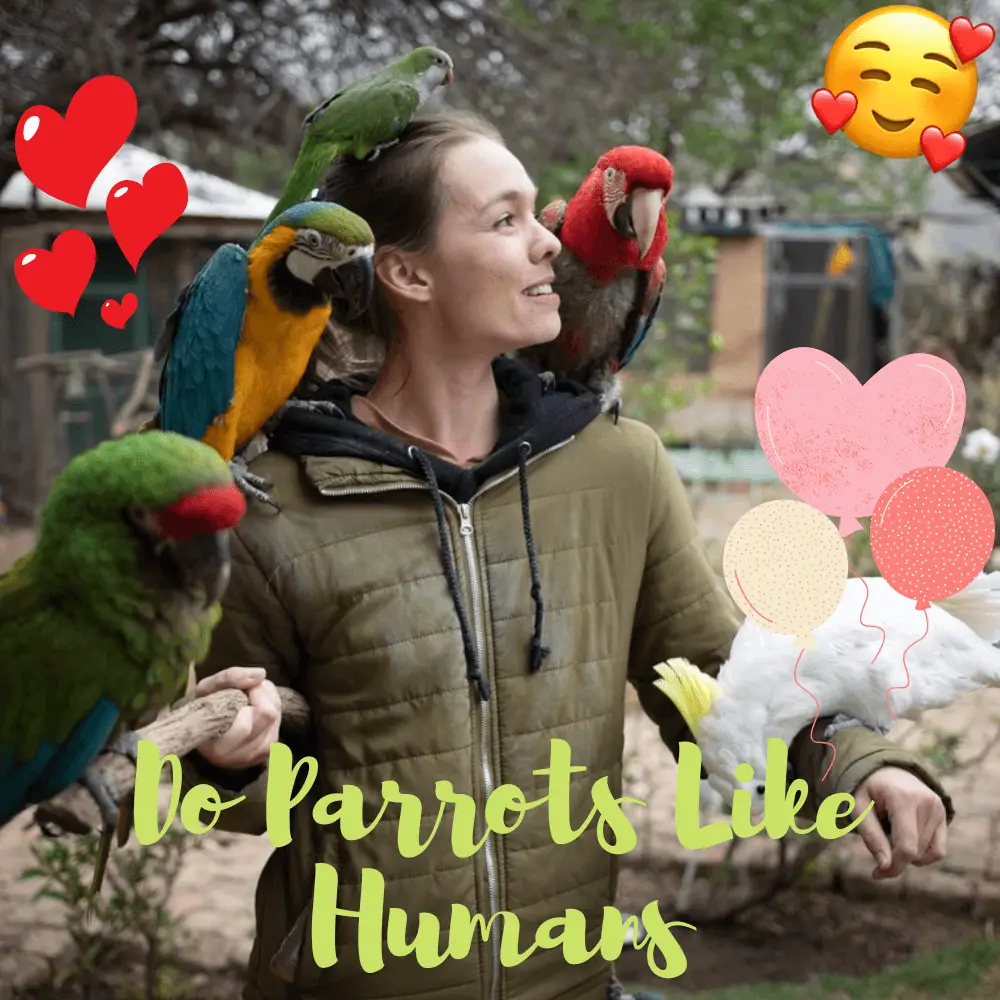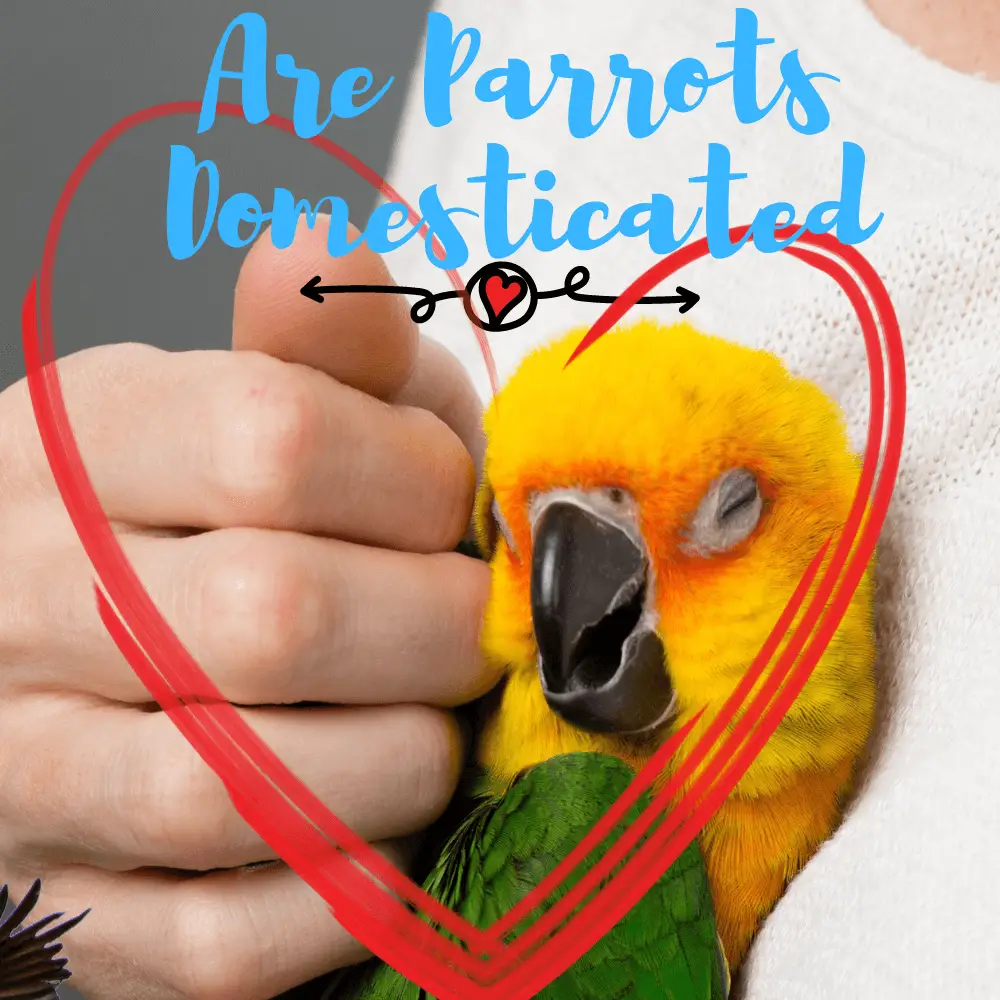
Parrots is a bird known for their bright colors ranging from green, red, blue, and yellow, and the imitation of some of its types of sounds, which made them beloved birds for humans, to raise them as pets, and they have been the focus of attention of scientists to study them, they are intelligent and social birds.
Parrots are a large and very diverse group of birds with curved beaks and colorful feathers in most species, although many species are quite similar, this family of birds comes in many different shapes, sizes, and colors, and the following are the most prominent species:
|
Platoon
|
Morphological qualities
|
|
African Grey parrot
|
It is a medium-sized parrot about 33 cm long and light gray in color, except for the back of its tail red in color, and its white-faced face.
|
|
Amazon parrot
|
It is a medium-sized parrot 25 to 40 cm long, with crown feathers and a short tail. Its green plumage is mostly characterized by other bright colors, especially in the upper part of the head, such as red, yellow, and orange.
|
|
Green Parrot
|
A rather small parrot with a size of 29 cm with a short, pointed tail, a large head, and a hooked beak, light green color with a gray chest and a greenish-yellow belly.
|
|
Night Parrot
|
A relatively small parrot measuring 22 to 25 cm in size and short-tailed, often yellowish-green in color and spotted with dark brown and black.
|
|
Parrot cocktail
|
The wild cocktail has a small to the medium-sized gray body of 30 to 33 cm with a yellow face and an orange cheek.
|
Parrot’s behavioral traits
Parrots are intelligent birds, they have relatively large brains, they can learn, and they can use simple tools, and the following are the most prominent behaviors of vocal and physical parrots:
Vocal behaviors
One of the most beloved behaviors of parrots for many people is their ability to speak or imitate different sounds, and vocal behaviors vary according to the type of parrot as some are described as talking a lot and loudly and others are calmer.
It is worth noting that it is possible for some of them to learn to speak a simple human language, while others may speak the language of birds only, and some ornithologists have classified parrots into four categories: continuous vocal, talkative, yellowish, and relatively calm birds, some species of which fall into more than one category, and according to the classifiers, only one species of them is relatively quiet, which is the Vasa parrot.
Probably the best parrots that mimic human speech are the African gray parrot, the Amazon parrot, the pedal, the enamel, the Indian ring-necked parrot, and the Quaker parrot, however, just because some kinds of them are known to be vocal and speaking does not mean that every bird of this species will speak, all birds have individual behaviors and characteristics.
Parrots characteristics

Physical behaviors
Among the most prominent physical behaviors of the parrot are the following:
Beaks
Many parrots duel using their beaks, birds that hold each other’s beaks, and in a wrestling match they are just trying to have a little fun, if there is a real flare-up, there will be a lot of turmoil, fluttering, and shouting, and parrots, like most birds, wipe their beaks after eating, especially if the food is wet such as bananas, for example, and some parrots wipe their wet beaks as a way to determine their area.
Biting
It is always an unwelcome behavior, and it is a sign of aggressiveness, exaggeration in self-defense or extreme fear, and you can expect upcoming biting attacks, as the bird will bend and open its beak before rushing, and accustoming the parrot to your presence helps to abandon this behavior.
Chewing
Parrots chew just as busy as mice, and it is important to indulge in this natural instinct by chewing toys made of suitable (i.e., non-toxic) materials, such as wooden boxes or egg boxes.
The Summit
Cocktail parrots and parrots generally use the crest, which is a thin set of feathers above its head, to express themselves, when the bird is relaxed and happy, its crest will be flat or slightly raised, a high crest indicates enthusiasm, and this is usually a sign that the parrot is happy to see you (or the food you carry!), as for the top that is fully lifted and remains in this position. They are a sign of fear or anger, so beware of their angry clicks.
Parrots characteristics

Hang upside down
Hanging upside down is a sign of the bird’s happiness, but not all parrots do this, but many seem to enjoy this sensation, so don’t worry.
Amazing facts about parrots
SOURCE:Top10Best




















